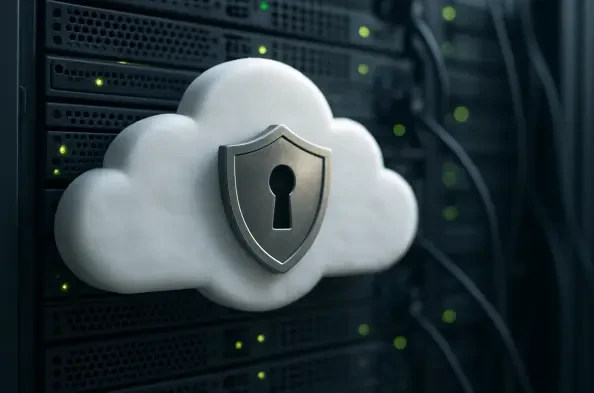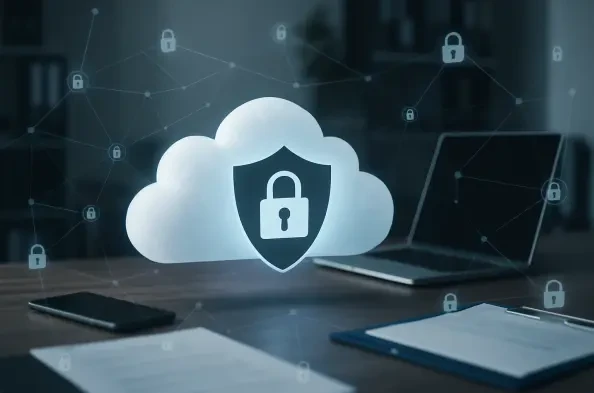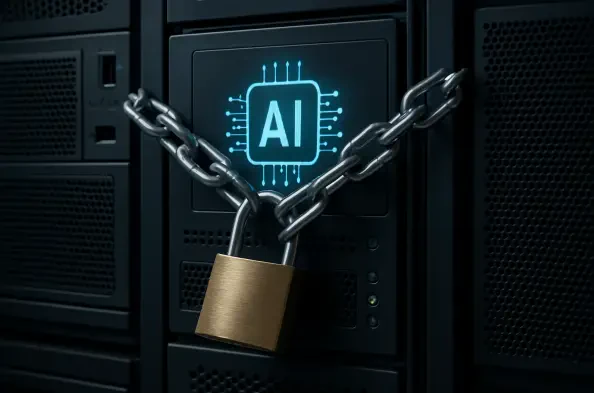Introduction
In an era where cyberattacks on critical infrastructure are escalating at an alarming rate, with ransomware incidents alone costing global businesses billions annually, companies in high-stakes industries like e-mobility face unprecedented risks to their digital assets and operational continuity. For manufacturers handling sensitive data and intricate control systems, a single breach can lead to devastating financial losses, regulatory penalties, and irreparable reputational damage. This reality places immense pressure on organizations to adopt robust cybersecurity frameworks that go beyond traditional defenses, ensuring resilience against sophisticated threats such as advanced persistent threats (APTs) and phishing campaigns.
This editorial delves into the strategic cybersecurity approach of a Swiss power electronics manufacturer specializing in electrical energy converters for e-mobility, examining how it fortifies its operations through managed Security Information and Event Management (SIEM) and Security Operations Center (SOC) services. The focus is on the practical application of these technologies to address evolving cyber risks, meet stringent compliance requirements, and maintain business continuity. By exploring this real-world implementation, the article aims to provide B2B professionals with actionable insights into building a layered defense mechanism that prioritizes outcomes like risk mitigation and operational uptime over mere technological features. Understanding such a model is vital for decision-makers seeking to safeguard their enterprises in an increasingly hostile digital landscape.
Building a Proactive Defense with SIEM and SOC
The foundation of a modern cybersecurity strategy lies in recognizing the limitations of conventional tools like firewalls and antivirus software, which often fail to detect or prevent complex attacks targeting critical infrastructure. For a global manufacturer in the e-mobility sector, the diversity of digital platforms and the interconnected nature of control systems amplify vulnerability to cyber threats. This necessitates a shift toward proactive solutions that offer real-time visibility and rapid response capabilities. SIEM and SOC services emerge as pivotal components, integrating advanced monitoring and threat detection to create a dynamic shield against potential intrusions.
At the core of this approach is the ability of SIEM systems to collect and correlate vast amounts of event data across an organization’s network, utilizing threat intelligence and machine learning algorithms to identify suspicious patterns as they unfold. Unlike static defenses, this technology distinguishes genuine threats from false positives, reducing alert fatigue and enabling security teams to focus on actionable incidents. For businesses with global operations, such precision ensures that anomalies in disparate systems are flagged instantly, preventing minor issues from escalating into full-scale breaches that could disrupt production or compromise intellectual property.
Beyond detection, the SOC acts as the operational nerve center, staffed by experts who analyze alerts, coordinate responses, and provide ongoing insights into the threat landscape. This human-machine synergy allows for tailored incident handling, ensuring minimal downtime even in the face of sophisticated attacks like ransomware. The business impact is clear: by leveraging SIEM and SOC, companies can maintain operational integrity, protect customer trust, and avoid the crippling costs of data breaches, which industry reports estimate can average millions per incident for mid-sized enterprises.
Conclusion
Reflecting on the strategic integration of SIEM and SOC services, it becomes evident that such measures were instrumental in transforming cybersecurity from a reactive burden into a proactive asset for a leading e-mobility manufacturer. The emphasis on real-time monitoring and expert-driven response provided a robust framework that not only countered sophisticated threats but also aligned with stringent regulatory demands. Looking ahead, B2B leaders should consider adopting similar integrated solutions to fortify their defenses, prioritizing partnerships with managed service providers to access specialized expertise. This approach ensures sustained resilience in an ever-evolving threat environment, safeguarding both operations and reputation.






